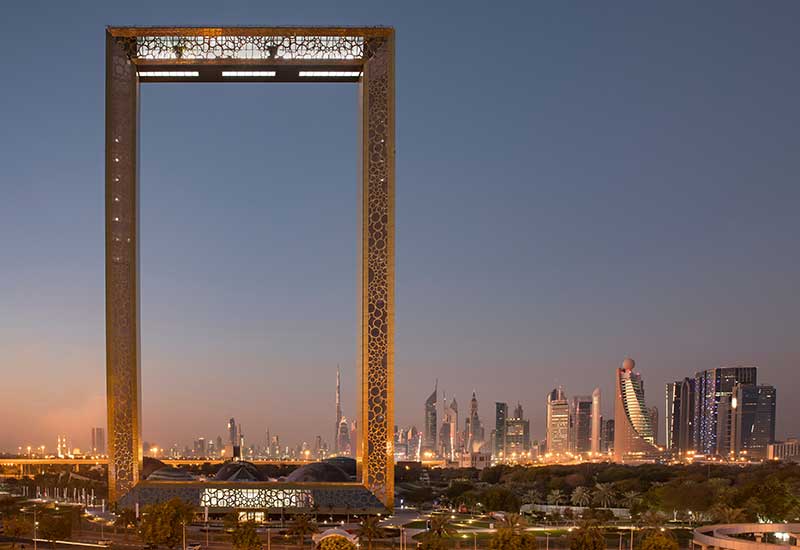Tourist traffic, source markets and segments
Annual traffic for 2017 reached 88.2 million passengers at Dubai International Airport (DXB), up 5.5% as compared to 83,654,250 passengers in 2016, according to the annual traffic report issued by Dubai Airports. DXB aided the traffic increase by introducing six new scheduled passenger airlines in 2017, including SalamAir, Badr Airlines and Air Moldova, while Dubai-based Emirates and Flydubai added three and 10 new passenger destinations and increased frequency as well as capacity on 31 and 22 routes, respectively.
Purcell points out that the aviation industry too will play a significant role in achieving the government’s tourism goals. “The growth of Dubai’s aviation industry is integral to the emirate’s long-term development strategy given that the city’s global connectivity is its foundation for growth. Dubai Airports has also revealed plans to boost capacity at DXB to 118 million passengers annually by 2023 under a new programme, dubbed as DXB Plus,” he explains.
In terms of country-specific source market performance, India retained the top spot in 2017, contributing 2.1 million visitors, and became the first country to cross the two million mark in a single year. The country’s performance represented a 15% YoY increase and validated, among other factors, the success of Dubai Tourism’s ongoing collaboration with Bollywood superstar Shah Rukh Khan’s #BeMyGuest campaign.
Impressive results from some of Dubai’s remaining top 10 source markets for inbound tourism included fifth-placed China with 764,000 tourists, up 41% while Russia took eighth place with 530,000 visitors, recording a commendable 121% increase over the previous year. Both markets benefited from easier access following the introduction of visa-on-arrival facilities to Chinese and Russian citizens in late 2016 and early 2017, respectively.
According to Harnisch, numbers from Emaar’s bookings reflected the same. “We have recorded increased guest arrivals from China and Russia, in line with the tourist trend, and we continue to have high occupancy levels of guests from Saudi Arabia, India and UK,” he says.
Nobbs says Copthorne Hotel Dubai, a dry hotel, attracts mostly tourists from the GCC. “GCC and mainly from Saudi Arabia and Kuwait due to the hotel’s popularity in the region being alcohol free and family-focused. We are also starting to see the hotel is proving popular with CIS and African markets due to its location and level of service, as we also explore those regions, which are quite new to the hotel,” he adds.
While Ayman Gharib, managing director at Raffles Dubai, a five-star luxury hotel, says the hotel is frequented by repeat luxury travellers. Gharib believes there is “higher value on privacy and wellbeing” for luxury travellers coming to Dubai. “At Raffles Dubai, we have a high number of repeat guests, close to 40% of our guests — which is a very high number in the industry and our trend is increasing year on year,” he adds.
Purcell says 50% of HMH’s visitors were free independent travellers (FIT) who seek a convenient stay, 35% were from the wholesale segment which include third parties who also offer fully inclusive packages, while 10% were reportedly corporate travellers. Purcell adds that 40% of HMH’s total bookings are derived from online travel agents (OTAs). For HMH’s hotels in Dubai, travellers from Saudi Arabia topped its bookings followed by Iranians and Indians tourists.
Gloria Hotel, which is a four-star serviced apartment in Dubai, saw Indian tourists top its books followed by visitors from Saudi Arabia, UK and China.

| Advertisement |









 Search our database of more than 2,700 industry companies
Search our database of more than 2,700 industry companies









